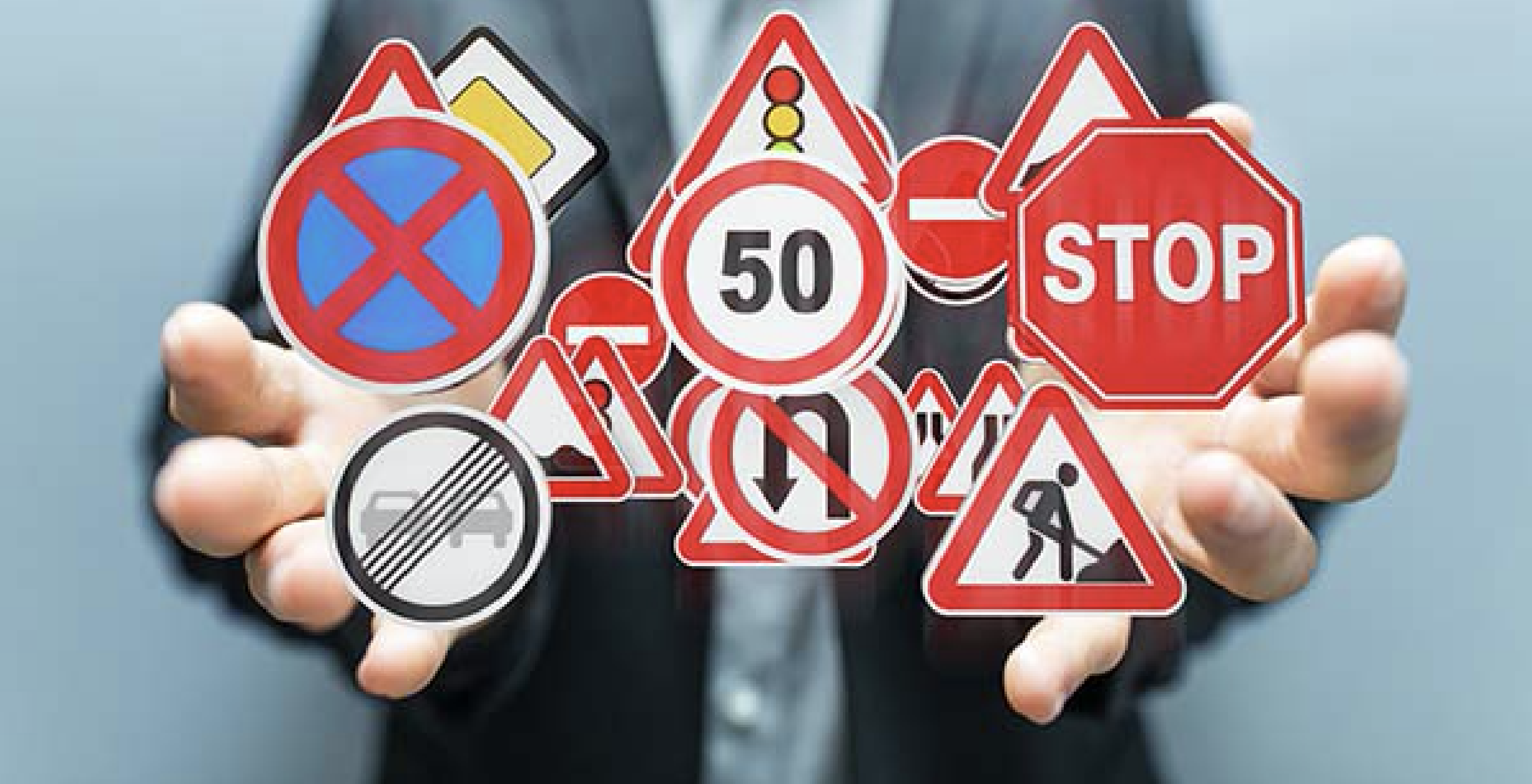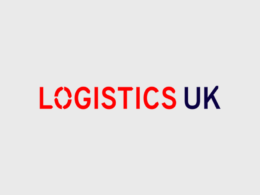For businesses with large fleets, driver safety represents a huge risk to the business. With a large number of hours spent on the road, the risk of a driving related incident increases. In fact, Safe Work Australia’s latest figures show vehicle incidents accounted for 45 per cent of fatal injuries. Additionally, vehicle incidents equated to 6.4% of the serious claims made.
It seems like every week there’s a new story in the media about drivers being overworked or being set unrealistic targets. This will only heighten the risk of an accident.
The failings to tackle these road risks and take health and safety of your drivers seriously, can potentially be detrimental for organisations. Not only will an accident impact the workforce and cause financial loss, but it can also significantly damage the reputation of the brand. Even worse, if it is found a business has not taken the appropriate steps to mitigate driver risk, businesses could face potential regulatory and legal consequences.
It’s therefore of critical importance fleet managers limit any risks to the health and safety of drivers whilst they are at work, whether they are a delivery driver, a truck driver or a travelling salesperson.
Culture key to lasting change
The first step to improve road safety within your fleet is by introducing the right organisational culture. Employees need to view road safety as an integral part of the organisational DNA, rather than a tick box exercise. It needs to be something drivers are proud of and want to maintain, rather than a burden on their day to day roles.
This culture will inevitably be established from the top, ideally embedding road safety values into the pre-existing company values. This should be reinforced through the establishment of a clear set of guidelines and expectations for employees, which are included within the company’s driving policy. Management should then set a positive example through their own actions.
It’s also important you drive this culture from the bottom up too. Inspire your drivers to make a difference and have the desire to aspire to be the best commercial drivers in the country. They need to be the envy of every business.
To achieve this, you need to give them the right tools. This is one area where telematics can help. Smart telematics solutions can provide real-time driving advice and direct feedback on performance, enabling employees to make adjustments whilst driving.
In addition, the data produced by these solutions can be used to provide an overall performance score and used to ‘gamify’ the push for higher safety standards. The best drivers could be rewarded, helping to positively reinforce a culture of excellence and encouraging friendly competition amongst drivers, as they strive to become the best.
Finally, regular communication with staff is key when establishing the right culture. This can take many forms but may include newsletters, workshops, training and one-on-one coaching. By communicating regularly on health and safety on the road, it will always be front of mind and ensure any potential issues are brought up before a major problem occurs.
Predictive Maintenance
In order to make a real difference to the safety of your fleet, data is crucial. It provides the insight and information needed to make informed decisions and target high risk areas, before they become a real issue for the business.
Of particular importance is tracking the condition of your vehicles and keeping on top of maintenance, as an unsafe vehicle can be a recipe for disaster for fleets.
One way to ensure vehicles are well maintained is to implement Usage-Based Maintenance (UBM). UBM is a form of predictive maintenance, where scheduled vehicle maintenance is triggered based on actual utilisation of a vehicle from accurate fleet data.
It offers increased insight and control, helping fleets to better predict and budget for future operating costs. Predictive maintenance reduces risk, and automatic data updates help maintenance plans flow seamlessly to ensure fleet managers meet budgetary performance goals.
To further simplify the process, fleets can integrate predictive maintenance systems with a telematics solution to pull mileage readings automatically. This eliminates the time-consuming task of chasing and logging mileage. Average vehicle usage automatically adjusts as new readings are collected, and scheduled maintenance due dates are adjusted based on real-time data.
Overall, usage-based maintenance is typically a better approach than simple time or meter reading triggers because it provides the best of both approaches: asset utilisation and easy to predict future occurrences and budget for vehicle maintenance.
Safety First
Although there will be an initial investment of time and money as efforts are taken to understand the situation and implement new systems, tackling safety should not be viewed as an outright cost.
When it comes to accidents, there is a misconception that all the costs will be recovered through insurance, but uninsured losses may be considerable. These costs can include lost time, sick pay, repairs to vehicles, damage to products or essential materials and legal costs among others.
However, the returns available from a best-practice approach to road safety don’t only come from avoiding the costs related to accidents. By encouraging a safer, more efficient driving style, it is possible to make substantial savings on fuel, insurance and maintenance that can really have an impact on the bottom line.













